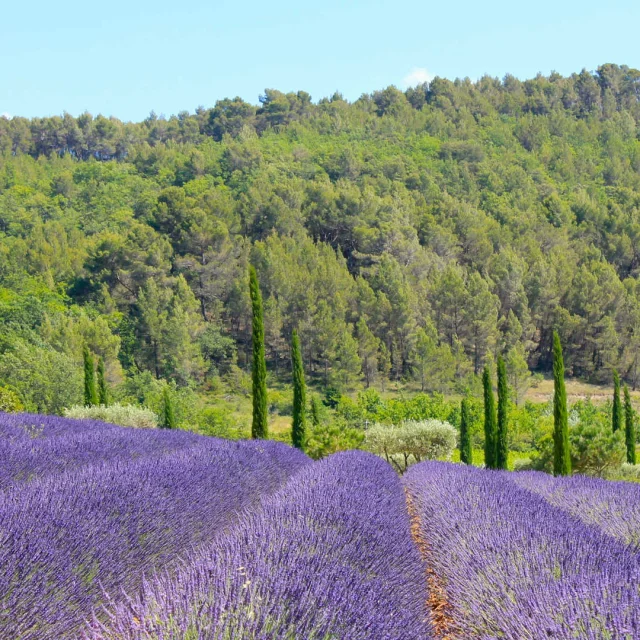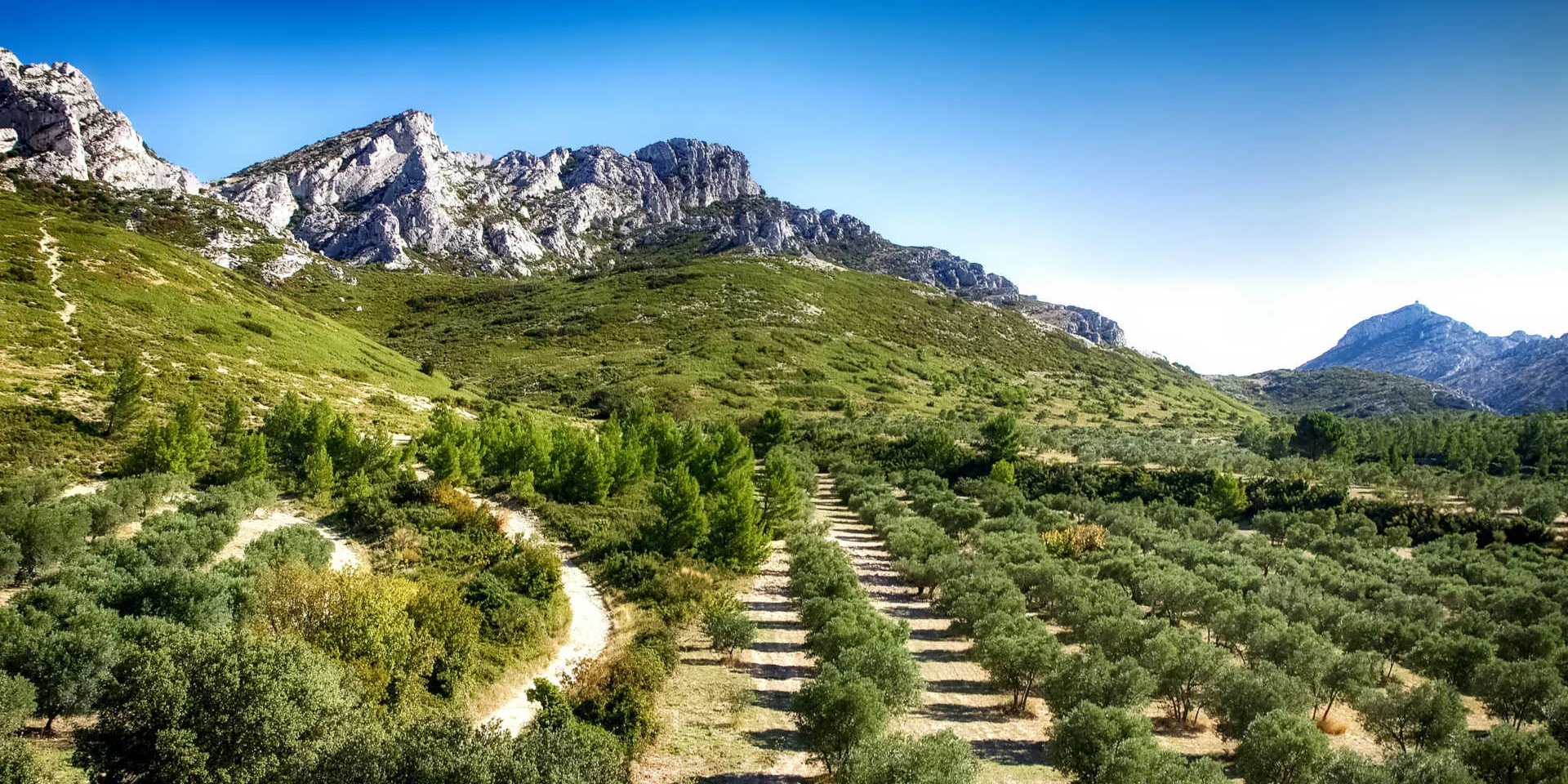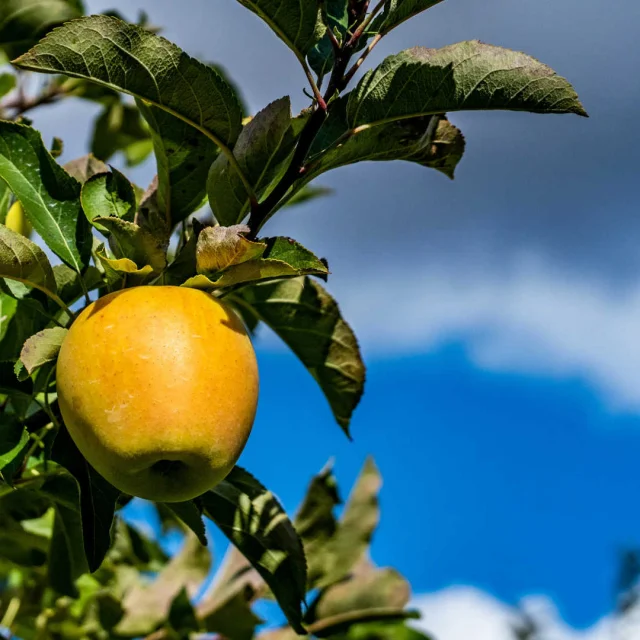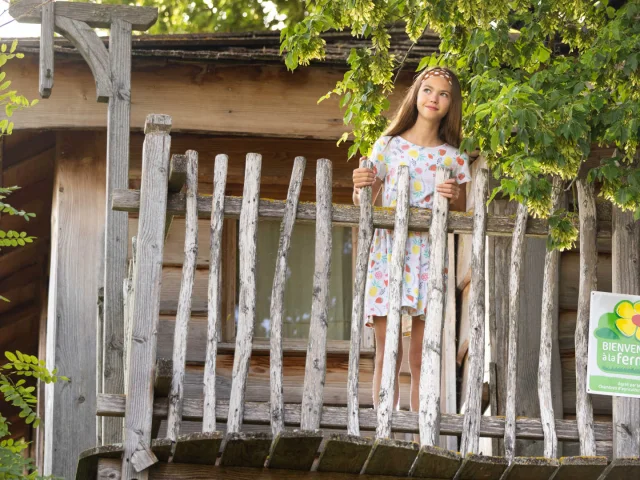Lavender and hybrid lavender
The famous rows of blue flowers are part of the characteristic feature which forms the face of Provence. The fields of lavender and hybrid lavender offer perspective lines which lengthen the landscape and a structuring regularity. They are to be found especially on the Valensole plateau, and the Plateau d’Albion, in the Apt basin, south of Les Baronnies, in the Pays d’Aix and the northern part of the Var. Lavender and hybrid lavender flower between June and August and also away from the cultivated fields you can see clumps of wild lavender. Look around you when you’re out walking! You’re sure to see some.
Outside the flowering period, lavender awaits you in the region’s distilleries where you can discover the producers’ work, particularly how they obtain the famous essential oil. For example, in Mezel, Bleu d’Argens offers a tour of their farm to understand the secrets of processing lavender into everyday products.
 Perspective view of a field of lavender against the greenery of a forest in Provence
Perspective view of a field of lavender against the greenery of a forest in Provence



















